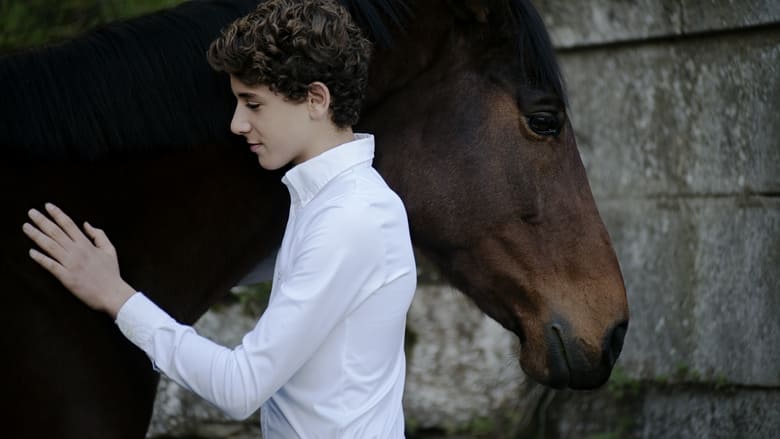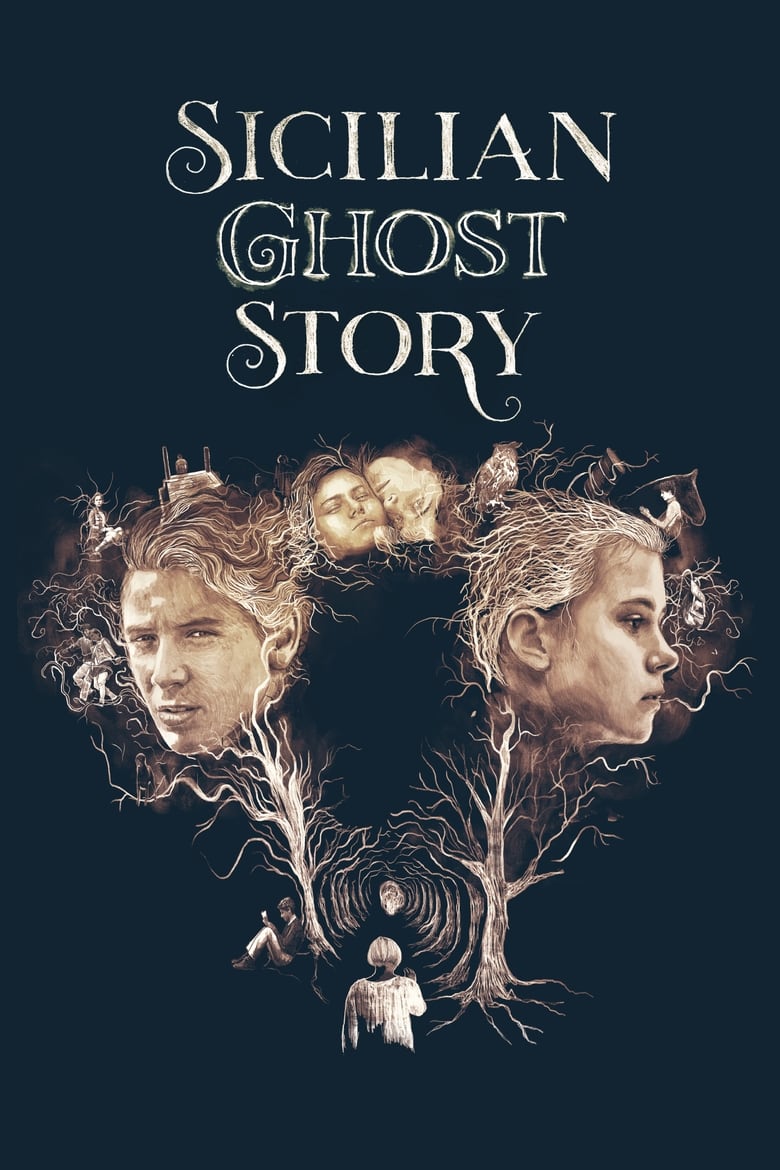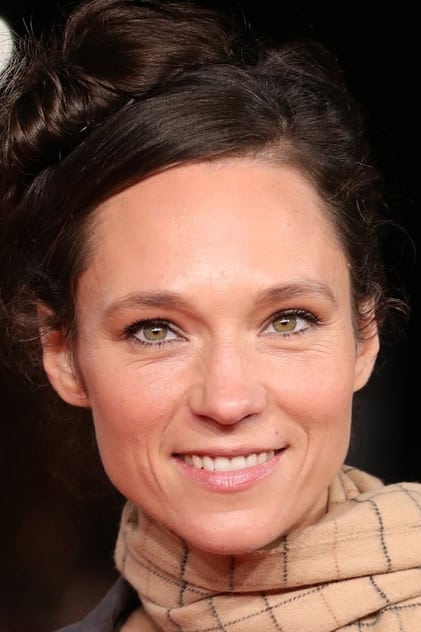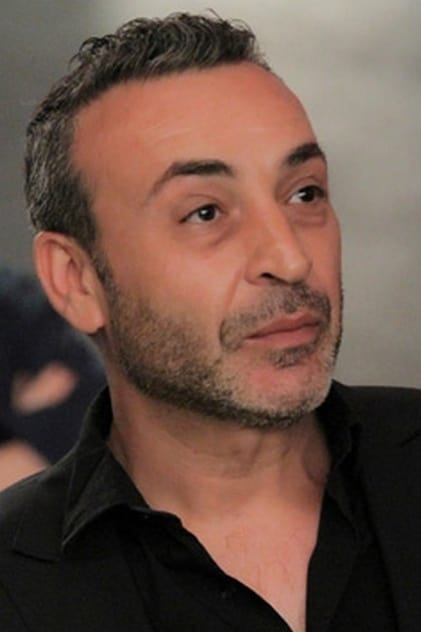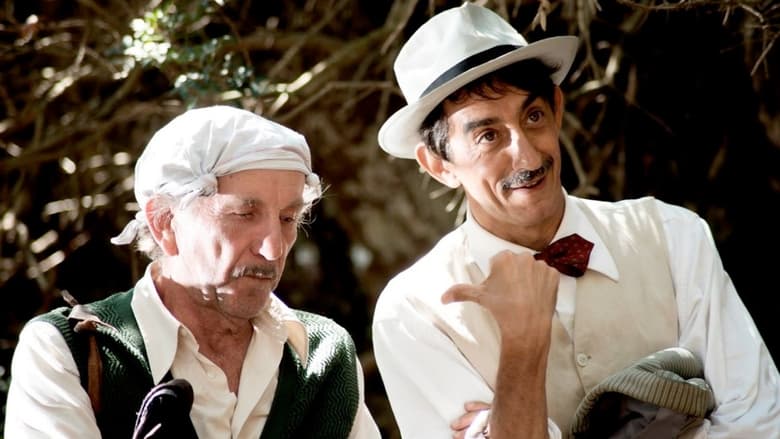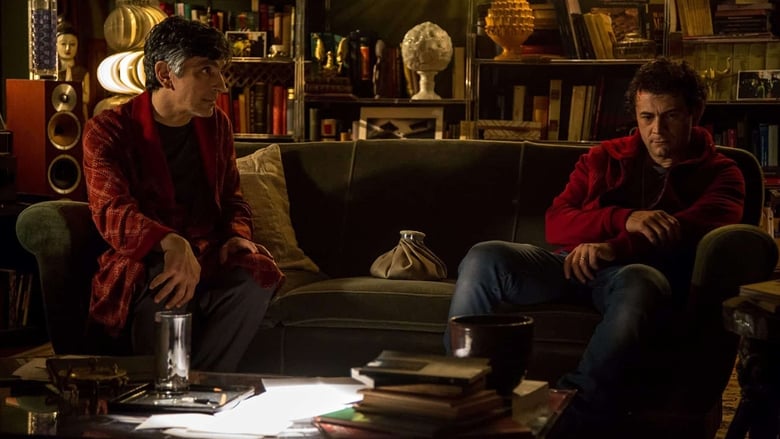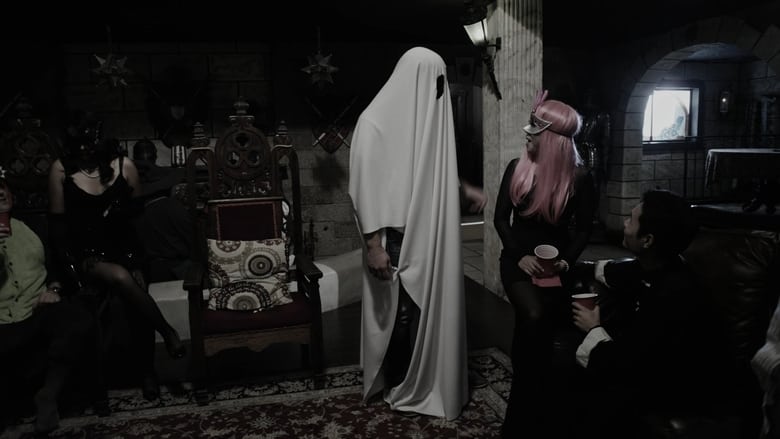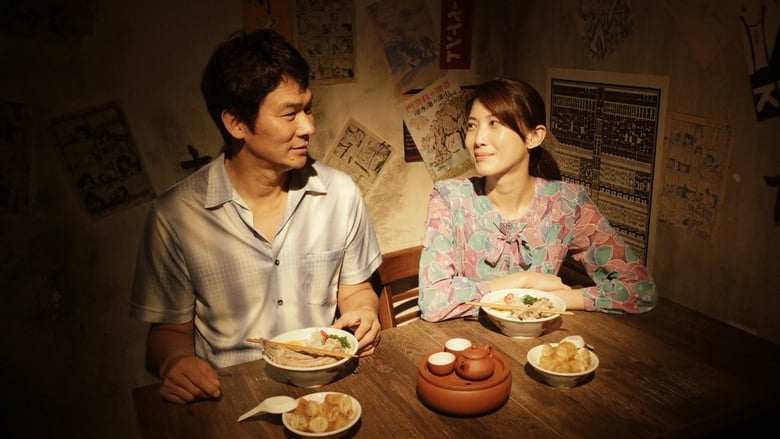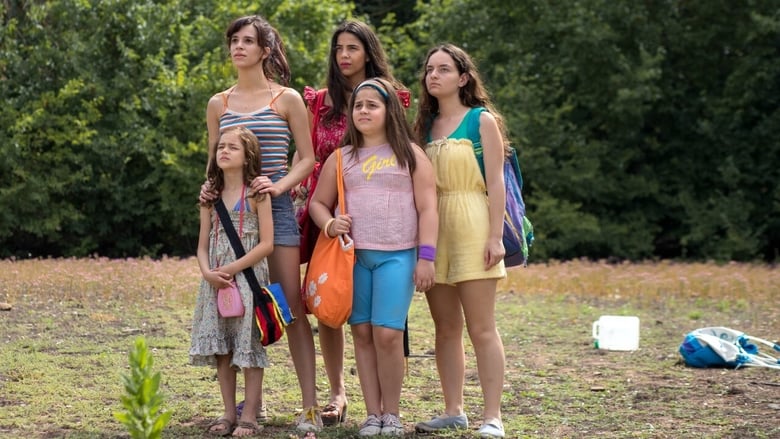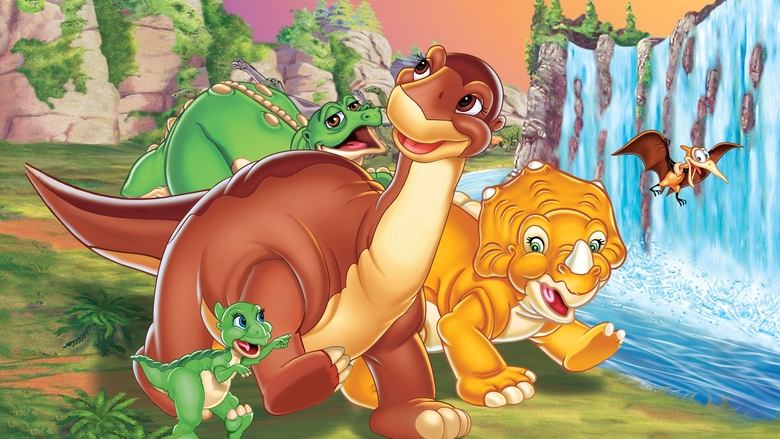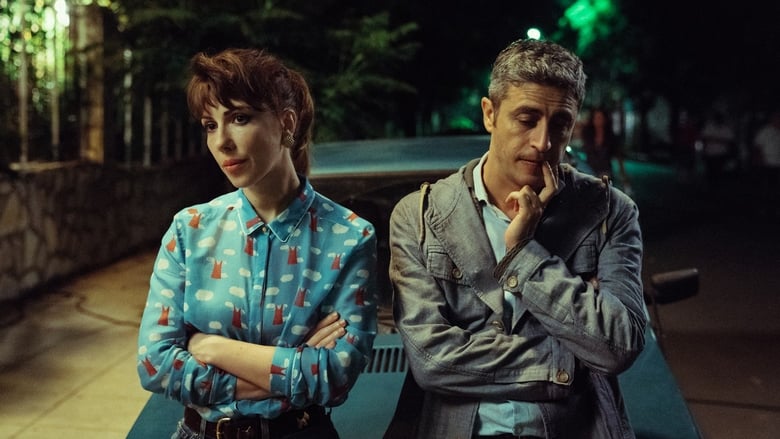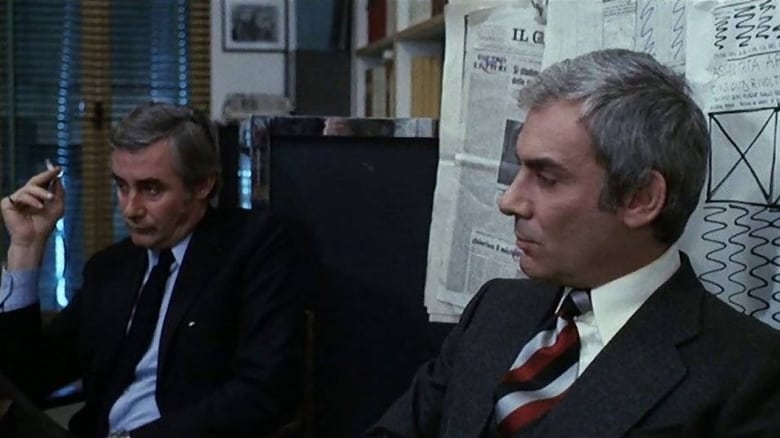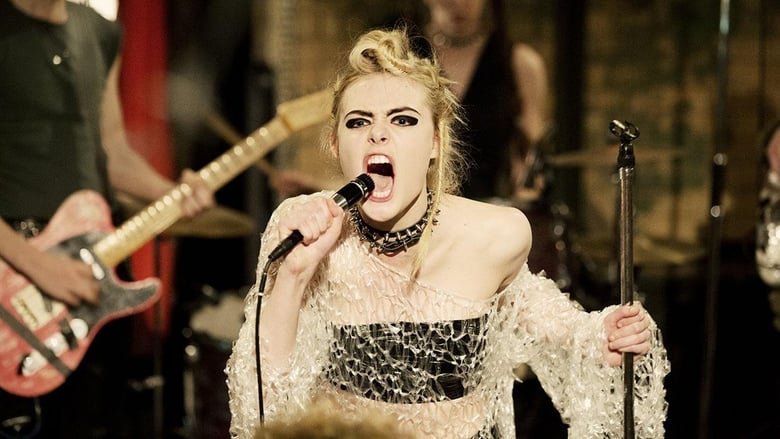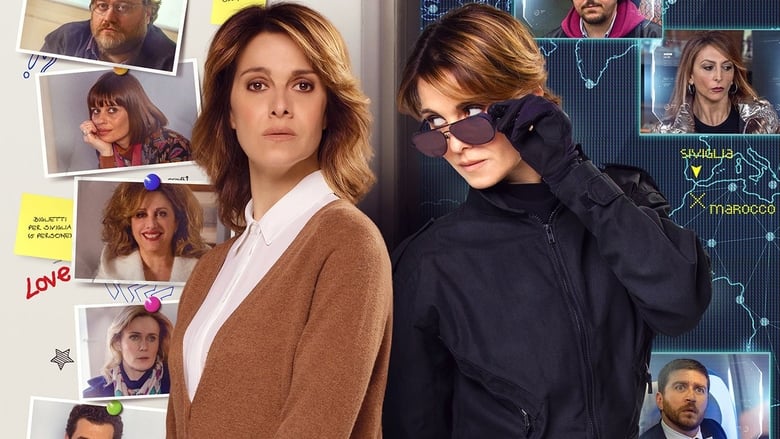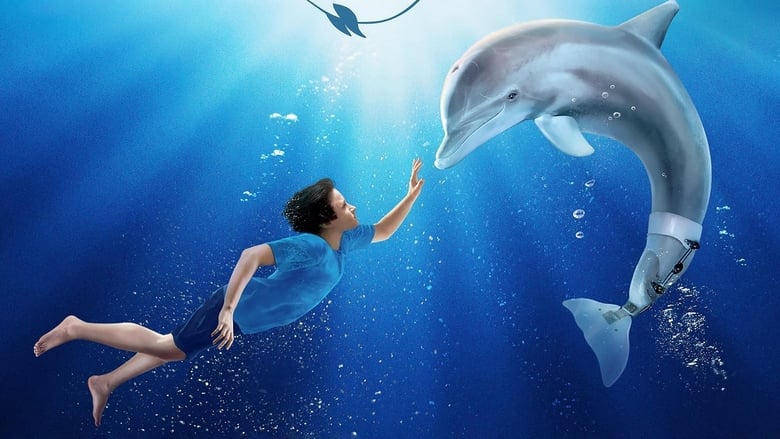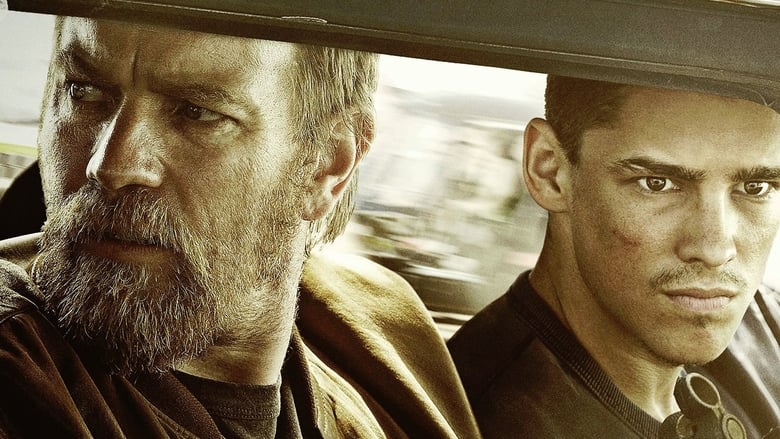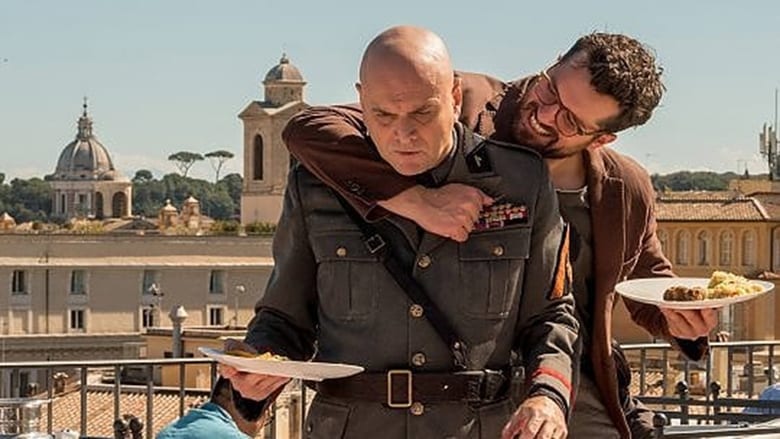Extraordinary film-making of the highest calibre contains spoilers
It's a story of pure horror with no possible hope or redemption for anybody. But we made the film as an act of love for this stolen, forgotten child. The child never had the experience of love, so we thought a love story would be the key to enter this story. Also, you can't change the destiny of the boy, but maybe the ghost of the boy could change the life of the main character, so for us, it was the only way possible to tell the story, from the point of the main character, the girl in love with him.
- Antonio Piazza; "How Sicilian Ghost Story's directors are transforming Italian cinema" (Jack Rear); Verdict (August 1, 2018)
Sicilian Ghost Story is cinema as art, in the purest sense of the term. Extraordinary aesthetic beauty and not a small amount of technical virtuosity contain a narrative that is emotionally devastating, but also paradoxically uplifting. It's hard to believe this is only co-writers/co-directors Antonio Piazza and Fabio Grassadonia's second film.
As the lights came up at the screening I attended, I sat in a kind of stupefied silence, staring at the credits rolling on the screen, too flummoxed to really move. This is something that has only happened to me a handful of times, when the (call it what you wish) artistic potency, aesthetic splendour, emotional catharsis has overwhelmed me, and I've turned into a gibbering idiot. To cite some recent(ish) examples: Michael Mann's
Heat (1995), Terrence Malick's
The Thin Red Line (1998), Darren Aronofsky's
Requiem for a Dream (2000), Stephen Daldry's
The Hours (2002), Malick's
The Tree of Life (2011), Michaël R. Roskam's
Rundskop (2011), and Benh Zeitlin's
Beasts of the Southern Wild.
Sicilian Ghost Story now joins that venerable list.
On an unconscious level, I was trying to process the wave of emotions sweeping over me, trying to qualify and characterise what I was feeling, and by so during, drag it from the unconscious into consciousness. There, I'd have a better chance of understanding why the film had had such a profound effect on me, why it had burrowed under my skin so completely. Then, suddenly, I realised I was employing completely the wrong interpretative strategy; I was trying to analyse the film on an ontological level which, for the most part, it doesn't exist. I was looking at it from an intellectual point of view, when the film operates almost wholly on an emotional plane. And with that realisation came another; to fully engage with the film critically, one must allow oneself to become emotionally involved rather than remain intellectually detached (a reverse
Verfremdungseffekt, if you will). And there's a very specific content-driven reason why the film operates on the emotional rather than the intellectual level, which we'll look at in a moment, and which speaks to just how accomplished a piece of work this is.
Beginning in 1993,
Sicilian Ghost Story tells the story of Luna (an extraordinary debut performance by Julia Jedlikowska, who carries the entire film) and Giuseppe (Gaetano Fernandez), two thirteen-year-olds living in Palermo, on the Italian island of Sicily. Both come from difficult domestic situations, and are slowly awakening to the fact that they seem to be falling in love. Giuseppe is the son of a Cosa Nostra hitman who has recently turned state's witness in prison, whilst every aspect of Luna's home life is controlled by her domineering mother (Sabine Timoteo), although she has a good relationship with her diminutive father (Vincenzo Amato). Luna is also very close with classmate Loredana (Corinne Musallari), who lives nearby, and with whom she communicates at night via Morse code. Everything is relatively normal in their lives until Giuseppe disappears. Deeply upset, Luna is incredulous at the community's lack of reaction – nobody seems to either care or want to do anything to try to find Giuseppe, indeed most people won't even acknowledge anything has happened at all. With this in mind, Luna determines to find him herself, quickly realising that the two share a kind of psychic connection, upon which she must rely if she is ever to see him again.
The film is adapted from Marco Mancassola's short-story "Un cavaliere bianco"
"A White Knight" in his 2011 book,
Non saremo confusi per sempre We Won't Be Confused Forever. The book gives a fantasy-based fictional account of, and links together, five real-life Italian cases – Vittorio Emanuele's murder of Dirk Hamer in 1978 ("Un principe azzurro"); Alfredo Rampi's death after falling down a well in 1981 ("Un bambino al centro della terra"); Eluana Englaro's seventeen-year coma after a car crash, from 1992 to 2009 ("Una bella addormentata"); the kidnapping, torture, and murder of eleven-year-old Giuseppe Di Matteo in 1996 ("Un cavaliere bianco"); and, Federico Aldrovandi's death in 2005 after being beaten by four policemen ("Un ragazzo fantasma").
Giuseppe Di Matteo was the son of Santino Di Matteo (known as Mezzanasca), a hitman for the Cosa Nostra. In 1992, Mezzanasca took part in the murder of Giovanni Falcone, a judge working to break the power of the Mafia in Sicily. The following year, he was arrested, and soon turned
pentito, i.e. he became an informer. In retaliation, the Mafia kidnapped his eleven-year-old son, Giuseppe. The plan was to use Giuseppe to silence Mezzanasca, torturing him, and sending pictures to his father demanding that he recant his testimony. However, Mezzanasca refused to cooperate, and continued to work with the police. After 779 days of imprisonment, Giuseppe was strangled to death on the orders of Mezzanasca's former colleague, Giovanni Brusca, and his body subsequently dissolved in a vat of acid so as to prevent it being discovered and examined for evidence, also forcing the family to stage a funeral without a body, a practice known as
lupara bianca. As in the film, Mancassola uses the real-life events as the starting-point for an otherworldly, fantastical narrative which follows Luna's increasingly non-corporeal attempts to find Giuseppe.
When the film opened Semaine de la Critique at the 2017 Cannes Film Festival (the first Italian film to do so), it received a ten-minute standing ovation, and has already won a slew of awards – the 2016 Sundance Institute/Mahindra Global Film Award; Best Adapted Screenplay at the 2017 David di Donatello Awards (also nominated for Best Song, Best Cinematography, and the David Giovani Award); Best Cinematography and Best Set Design at the 2017 Nastri d'argento (also nominated for Best Film and Best Directors); Best Screenplay at the 2017 Athens International Film Festival; Best Film and Best Actress at the 2017 Magna Grecia Awards; Best Cinematography at the 2017 Valletta Film Festival; the ARCA CinemaGiovani Award at the 2017 Fiuggi Film Festival; the Ischia Movie Award at the 2017 Ischia Global Film & Music Fest; Prix Special du public at the 2017 CinéAlma Festival; the Audience Award at the 2018 Saas-Fee Filmfest; and Best Cinematography at the 2018 Ciak d'oro.
In short, the film is creating a lot of waves.
The murder of Giuseppe was the culmination of a wave of Mafia violence in Sicily throughout the 80s and into the 90s. Pizza and Grassadonia were themselves so disturbed by the case that they left Sicily altogether. Many years later, they became interested in telling Giuseppe's story. However, as the real-life events offered no catharsis or redemption, no justice, and ended with a child being dissolved in acid, they were unsure how best to approach the material. It was only after they read "Un cavaliere bianco" that they decided to turn the case into a dark fable, and focus not on Giuseppe (the ghost of the title), but on the fictional Luna.
With this in mind,
Sicilian Ghost Story is a fantasy-based love story first, and a fact-based tale of violence and murder second. Indeed, it could just as legitimately be called
Sicilian Love Story. Poetic and magical in equal measure, although it spends a great deal of time within Luna's imagination/unconscious, it remains grounded in the Cosa Nostra-dominated Sicilian culture of the early 90s (imagine Neil Jordan's
The Company of Wolves (1984) directed by Martin Scorsese). Because of this duality, although the film tells an undeniably dark story, Pizza and Grassadonia were able to craft a paradoxically uplifting
dénouement.
The duality also works on the level at which the audience receives the film - the focus on Luna's unconscious, on her dreams, on her psychic link with Giuseppe, provides a buffer for the audience, softening the impact of the real-life Giuseppe's horrific death whilst still respecting the events, albeit from within the frame of a fantasy-based narrative. Speaking to Charles Tesson during Semaine de la Critique at Cannes, Piazza and Grassadonia state,
the only way to tell the story was for us to create a collision between a level of reality and a level of fantasy. On the level of reality, a dark fable. On the level of fantasy, a romantic fable.
This may seem distasteful to some, as the film posits that love is able to transcend violence, and, ultimately, give freedom to the soul, but the directors state,
at the end, another reality is revealed, one which surpasses dreams and nightmares, a reality in which ghosts reveal their true nature, their very solid and indestructible reality as souls.
Obviously, this aspect of the story has no correlation with the horrific real-life events. However, Pizza and Grassadonia argue that they are essentially resurrecting the real Giuseppe, insofar as the story is not especially well known, even in Sicily itself – for example, all of the young cast are from Sicily, but none of them knew anything about Giuseppe. Speaking to verdict.co.uk, they argue that the film's narrative allows them to approach the facts of the case in a unique way; as Luna is
using a fantasy, her imagination, and dreams at night, to reimagine reality. A revolution against the facts, the way they are told. Sometimes facts become written in stone and become something that you have to destroy. Fantasy, for us, is a political act.
In terms of the content, as I have already mentioned, the film exists on an emotional level rather than an intellectual one, and the audience will get the most from it if they allow themselves to engage with it on that same emotional level. Piazza and Grassadonia liken this to
Romeo and Juliet, a dark, violent story in which children die horrible deaths, but which works because Shakespeare's verse allows readers an emotional distance from the events of the (not especially well-structured) plot; if one analyses the play on a purely intellectual level, it makes little sense. However, on an emotional level, it works perfectly.
Sicilian Ghost Story operates in a similar way – the emotional is far more important than the intellectual. This is all tied into how Piazza and Grassadonia wanted to honour the real Giuseppe, but rather than presenting a fact-based intellectual film, they instead made an emotion-based fairy-tale. That the film operates on this emotional level is tied into its very DNA.
As to my experience, I became aware I was watching something extraordinary in the opening scene. Inside a cave, the camera travels over dark rocks. A weak light emanates from the mouth of the cave, and reflects off the droplets of water on the rocks. As the camera moves, and the screen fills with a black background permeated by soft white spots, one could be looking at an expansive star field rather than being confined inside a cave, a shot which recalls the scene on the driving range in Michael Mann's
The Insider (1999), which has a similarly disorientating effect (although used by the director for a very different end).
As the film continued, it became increasingly obvious to me that the form and content are so intrinsically bound together, that it's difficult to tell which is generating which. For example, the music (which is non-diegetic, and therefore form) bleeds into the foley (which is diegetic, and therefore content). But does the foley give rise to the music or does the music give rise to the foley?
The filmmakers also employ a litany of techniques to link, contrast, and compare various scenes. Animal imagery appears throughout; an owl in the opening shot is seen multiple times over the course of the rest of the film, and also highlighted are butterflies, a stout, a dog, spiders, and, especially, horses. There's even a reference to Pan (although, thankfully, no mention of having sex with goats or pederasty). On a more technical level, Pizza and Grassadonia's visual trickery is exceptionally accomplished, and they employ it perfectly, always justified by the content; fisheye lenses, Dutch angles, asymmetrical framing, chiaroscuro lighting, soft focus, forced perspective, etc.
As I was musing on what I would talk about in this review, I realised that most of the reasons I loved the film so much will be the exact same reasons that a lot of people hate it – the narrative ambiguity, the only-ever-hinted-at possibility of something ethereal living in the forest, the slightly confusing achronological structure, the camera trickery, the slow pacing, the bleak morality, the non-diegetic light sources, the naturalistic acting, the symbolism and visual metaphors, the use of a real-life murder as the subject for an oneiric romance dealing with first love, the (at times) oppressive music, the tacit disregard for genre, the two scenes where the narrative progression simply stops completely and there are two four-or-five-minute sequences that don't advance the plot in any way, but which are achingly beautiful, and central to the film's overriding theme – that love can transcend all.
If I was being forced to criticise, I suppose, the way the narrative folds back on itself without really alerting the audience that it's a flashback can be a little disorientating, but this is hardly a criticism, as disorientation is obviously the point, as the film attempts to place the audience in the same confused headspace as Giuseppe. It also starts a little slow and doesn't instantly pull you in. But that's it. I wouldn't say a single negative word about anything else.
This is cinema as art. Point of fact, it's nothing less than a masterpiece.
